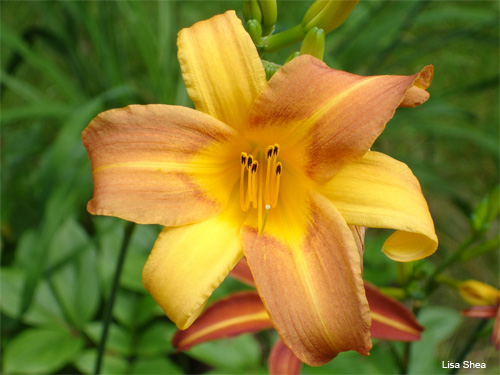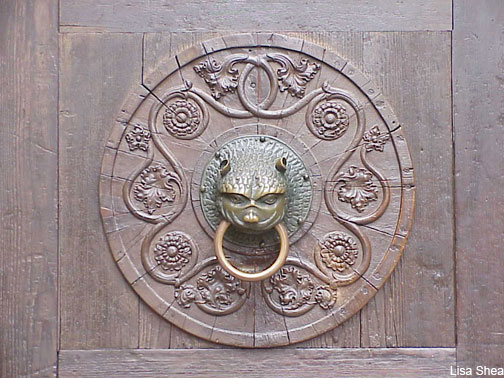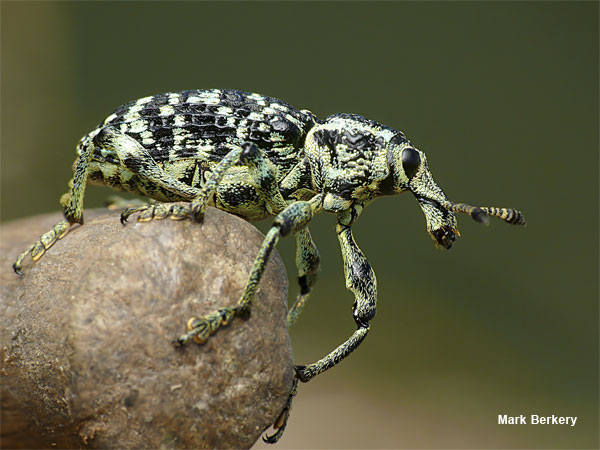-

-
Visual Art Submission Information
Visual Art Submission Guidelines
Focus in Artwork
Movement in Artwork
The Rule of Thirds
Snapshots vs Art Photographs
Image Size in Artwork
Taking a Photo of Visual Art
Top Mistakes To Avoid
Visual Art Submission Form
Main Submission Guidelines
General Mused Submission FAQs
Mused Contributor Bio and Photo
Calculating a Word Count
Proofreading Your Submission
Artwork and Focus
Images are generally categorized into two types - static / focal images and movement based images. We talk here about how to create the best focal style of images. Note that we're not talking about the image being IN focus. That is a given. We're talking about where the viewer's eye focuses when looking at the artwork.Focus applies to how the viewer's eyeball reacts to the piece. The artist controls how the eye views the work based on a number of things. First, the main item in the photo needs to "stand out" from its background. The main item should be of a different color than its background, a different brightness level, or perhaps more in focus than the background. You can set your camera to make the background be deliberately blurry to help the main item stand out more. Practice playing with your camera to learn how to best get the focus you are after.
Second, the main item must be something the viewer is interested in looking at! A perfectly in focus, centered, plain black dot is probably not going to hold the viewer's attention. Make sure the item you're focusing on is something intriguing that the viewer will want to ponder.
For the flower image below, the flower is in focus. The background is slightly out of focus. The flower is bright orange, while the background is soft green. Because of these differences the flower stands out well and can easily be seen.

In this next image, the medieval door knocker is centered and the clear focus of the image. It is framed, and the textures and detail add to its appeal.

A good aspect of photography to study is called depth of field. Depth of field explores how much of the photo is in focus. In the above doorknocker image, the entire image is in focus. In the previous flower image, only the flower itself was in focus - the background was blurred. If only a portion of the image is in focus, this is called a shallow depth of field. Shallow refers to when the subject area of the photo is sharply in focus, and the items behind the subject area are fuzzy and out of focus. This helps the main item stand out. Here's an example of a Botany Bay Weevil which is in focus and the area behind is not in focus.

See how the blurred green background helps the bug stand out clearly? If the background had been a massive clutter of leaves and twigs, the viewer would not have been able to appreciate the bug as easily.
Depth of field in an image is controlled by the lens aperture. The larger the physical lens opening, the shallower the depth of field.
Play with your camera's settings and learn how to optimize the depth of field in your own photos!
Visual Art Submission Guidelines
Focus in Artwork ← You Are Here
Movement in Artwork
The Rule of Thirds
Snapshots vs Art Photographs
Image Size in Artwork
Taking a Photo of Visual Art
Top Mistakes To Avoid
Visual Art Submission Form
